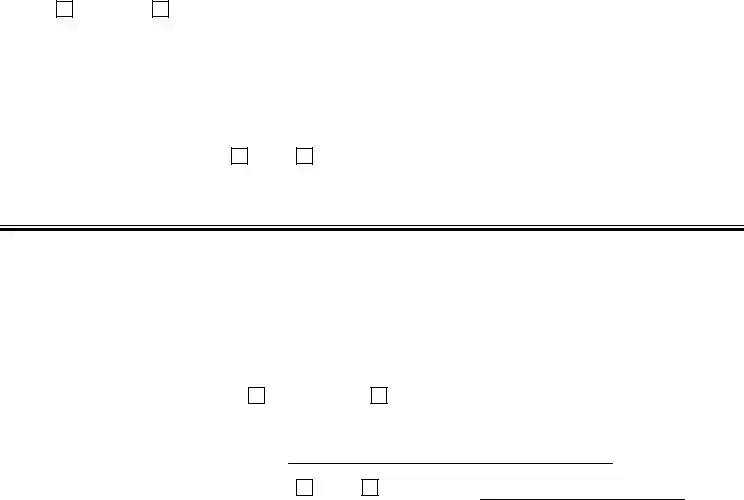Instructions on Utilizing Tb Test
After completing the TB Test form, you will have a record of the test results which can be shared with healthcare providers or employers as necessary. Make sure all required information is accurately filled out to ensure the validity of the document.
- Start with the healthcare professional or patient name: Write the name of the individual receiving the test.
- Fill in the testing location: Specify where the test is being conducted.
- Document the date placed: Write the date when the test was administered.
- Select the site: Indicate whether the test was administered on the right or left side.
- Record the lot number: Enter the lot number of the PPD solution used for the test.
- Write the expiration date: Specify the date the PPD solution expires.
- Include the signature: The healthcare professional administering the test should sign and indicate their title (RN, MD, or other).
- Record the date read: Note the date when the test results will be assessed (48-72 hours after placement).
- Induration measurement: Measure and note the induration in millimeters (mm).
- Indicate the PPD (Mantoux) test result: Mark whether the result is negative or positive.
- Sign the document: The healthcare professional interpreting the results must also sign and indicate their title (RN, MD, or other).
